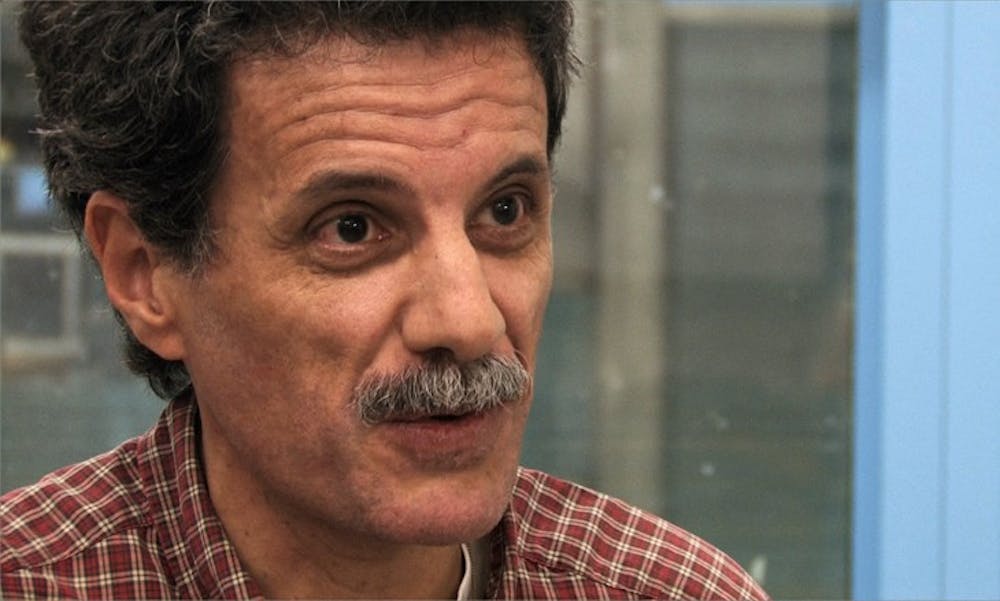The new wave tank in Chapman Hall has a lot of potential.
There’s the potential for new discoveries: Professors said experiments with the tank may yield information about the recent BP oil spill, beach erosion and the oceanic energy table.
There is also the potential energy in the tank’s water, which rushes out of the reservoir in a tidal wall. Stretching across a portion of the Chapman Hall basement, the 70,000 pound, 120 foot-long apparatus of steel and tempered glass holds up to 13,500 gallons to create whirlpools and waves.
It’s so big that the first builder pulled out because he didn’t think his equipment could build something of its size. When the Iowa Institute of Hydraulic Research agreed to build the device, they were forced to send the tank down the Chapman elevator shaft in sections and assemble it in June inside the laboratory space.
Math professors Roberto Camassa and Richard McLaughlin, along with marine sciences professor Brian White, are collaborating to use the tank for research on fluid dynamics that will study the way liquids and gases deform when exposed to variables such as pressure.
“There’s a long history in this particular field of experimentation,” White said. “A lot of the best, most famous results from fluid physics have come from just setting up tanks and looking at fluid phenomenon.”
During experiments, water rushes from the 27-foot-tall reservoir into connected tanks. Each chamber can be isolated by lowering a gate, allowing researchers to conduct a variety of experiments.
A saltwater filtration tank will also be attached to the wave tank in the upcoming months to expand its capabilities, McLaughlin said.
Camassa and McLaughlin received a $744,000 grant in 2006 from the National Science Foundation to build the tank, which opened in June. They have received almost $2 million in additional grants for training and supplies. The University hasn’t contributed money, they said.



